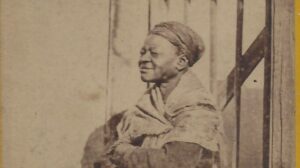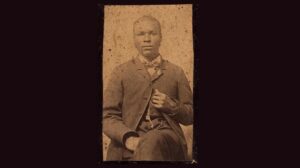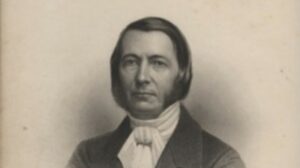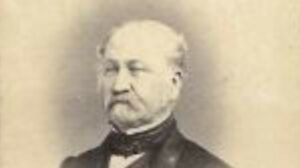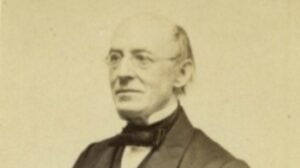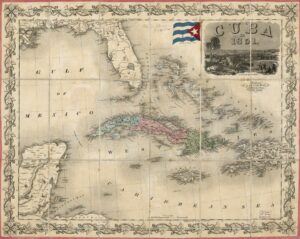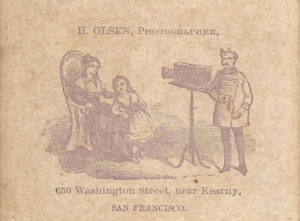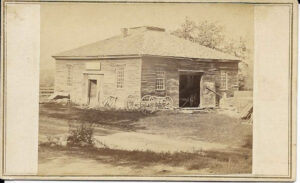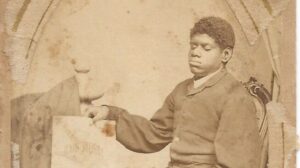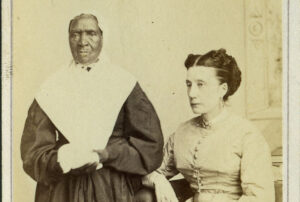The origins of rice in America, the Gullah people and William Aiken Jr.
Before William Aiken Jr. enters the picture it’s necessary to tell how the Gullah people introduced rice to America. When captive west coast Africans land in Charleston around 1650 they arrive with a host of different local traditions and speaking a variety of different tongues. Then, in order to survive their enslavement, they gradually form […]
